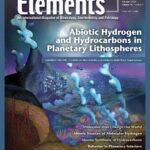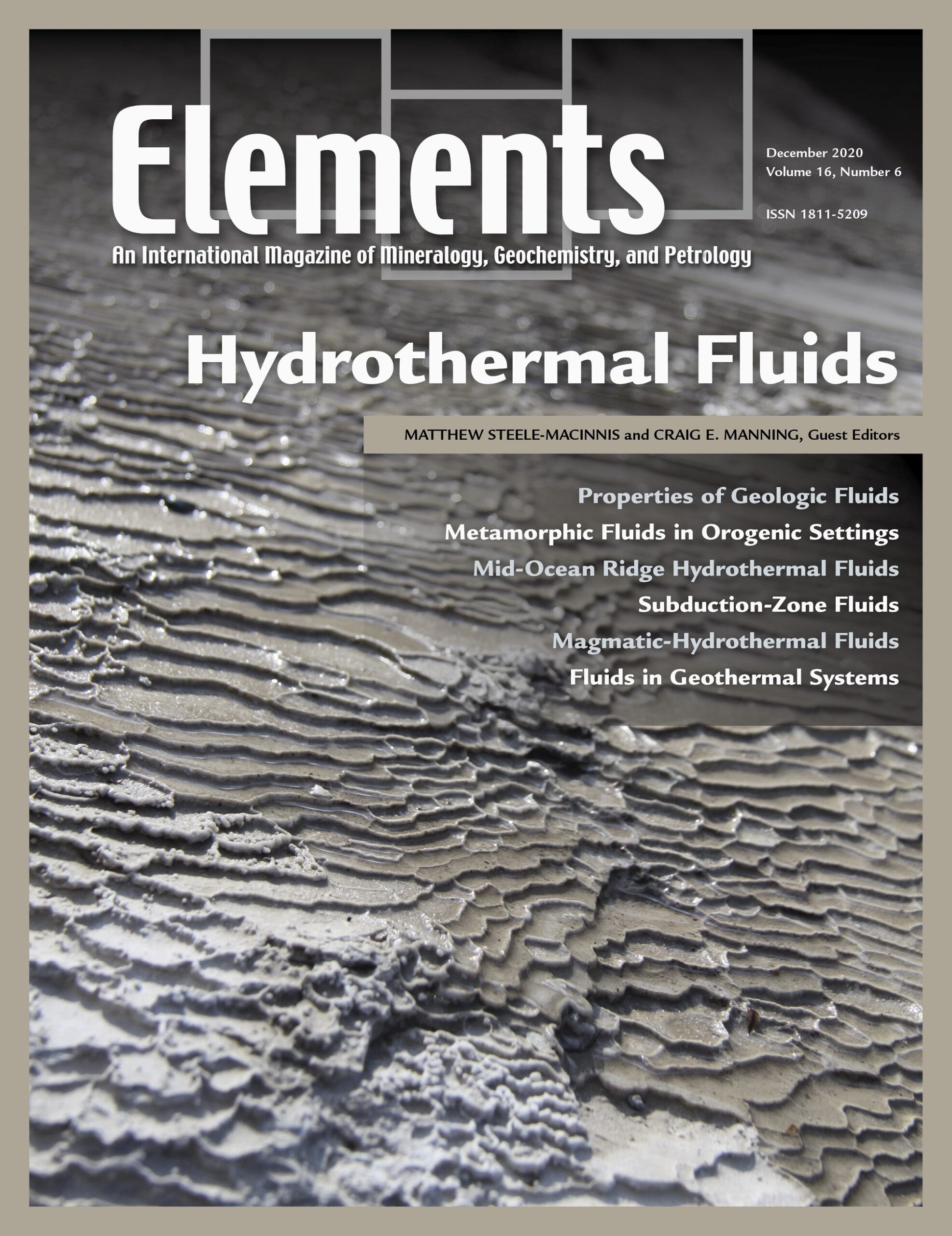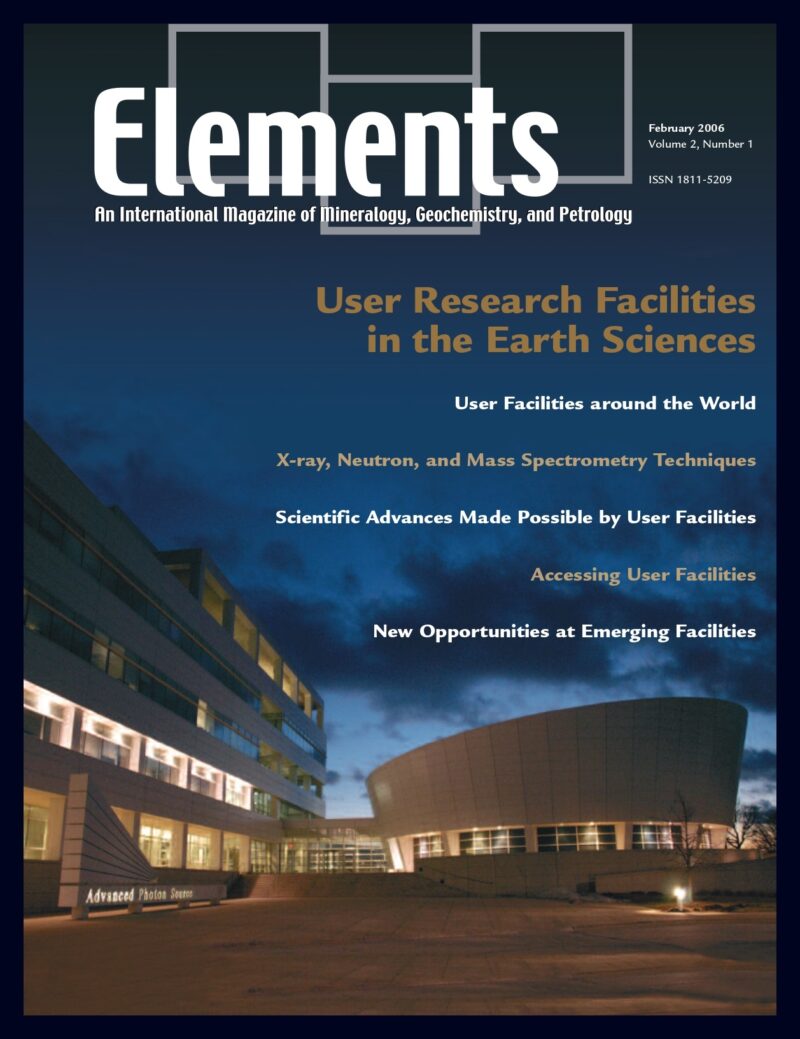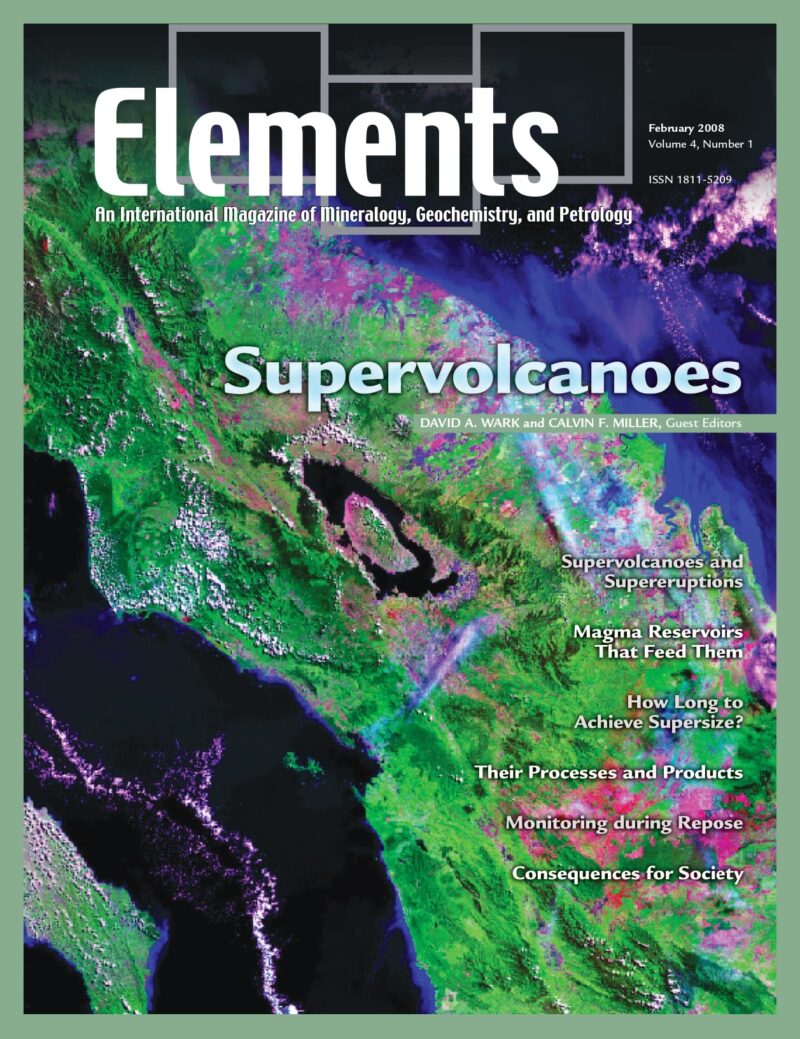
Abiotic Hydrogen And Hydrocarbons In Planetary Lithospheres, February 2020, Vol. 16, No. 1
June 28, 2024
Shedding Light On The European Alps, February 2021, Vol. 17, No. 1
June 28, 2024Hydrothermal Fluids, December 2020, Vol. 16, No. 6
$20.00
Fluids are one of the principal agents of heat and mass transfer in the Earth. This thematic issue explores the physical and chemical properties of hydrothermal fluids and how they affect geologic processes.
Hydrothermal Fluids
December 2020, Vol. 16, No. 6
Fluids are one of the principal agents of heat and mass transfer in the Earth. This thematic issue explores the physical and chemical properties of hydrothermal fluids and how they affect geologic processes. The issue discusses our current understanding of the nature of hydrothermal fluids across a range of geologic settings; interactions between fluids and rocks; and the interrelationships between fluid-driven processes in different settings. Each chapter highlights both broad and specific overlaps between “normal” and ore-forming hydrothermal fluids, and describe how the features of hydrothermal systems reflect the specific properties of the fluids in each setting.
Why You’ll Love Elements Magazine:
- Expert Contributors: Articles written by renowned researchers in the field of geoscience.
- Engaging Content: Join a community of readers who are passionate about Elements.
- Exceptional Quality: Each issue is printed on high-quality paper with stunning visuals and detailed illustrations that bring complex scientific concepts to life.
Order your copy of the December 2020 issue of Elements magazine today and explore hydrothermal fluids.
Related products
-
User Research Facilities In The Earth Sciences, February 2006, Vol. 2, No. 1
$20.00Earth scientists rely on effective access to user research facilities that provide state-of-the-art analytical instrumentation. This thematic issue focuses on some of these facilities and how to use them.
-
Supervolcanoes, February 2008, Vol. 4, No. 1
$20.00Explosive super-eruptions from large volume, shallow magma systems lead to enormous and devastating pyroclastic flows, the formation of gigantic collapse calderas, and deposition of volcanic ash over continent-sized areas. Recognition that future eruptions from these “supervolcanoes” will undoubtedly have severe impacts on society—and perhaps on life itself—has led to recent public and media interest.
-
Zircon – Tiny But Timely, February 2007, Vol. 3, No. 1
$20.00Where would Earth science be without zircon? As Earth’s timekeeper, zircon has proven to be a remarkable and versatile mineral, providing insights into deep time and ancient Earth processes. However, there is still much to learn about Earth’s history from zircon and its behaviour.




